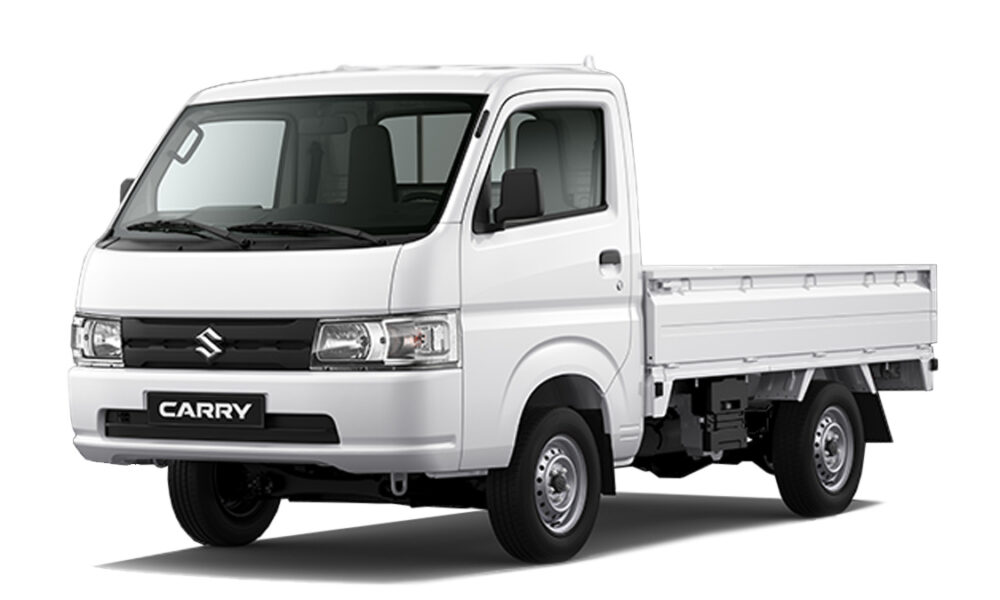The Suzuki Carry is a kei truck produced by the Japanese automaker Suzuki. The microvan version is sold as Suzuki Every. In Japan, the Carry and Every are Kei cars but Suzuki Every Landy, the bigger version of Every had a longer hood for safety purposes and a larger 1.3-liter 82 hp (61 kW) 4-cylinder engine. They are given different names and sold in several countries.
The Carry was constructed with a ladder frame architecture. The van version was a five-door, with dual sliding rear side doors; available as rear-wheel drive or four-wheel drive.
Early models (1960-1970s) had a 360 or 450(export model) cc 2-cylinder, 2-stroke engine mounted horizontally underneath the load area. The starter and generator were combined and mounted directly on the front of the crankshaft. Later models had an 550, 660 and 800(export model) cc 3-cylinder, 4-stroke engines unconventionally mounted beneath the cab.
In 1976 the ST20K was released.The “K” referred to the “trucklike” nature of the vehicle in that it had 3 drop sides as opposed to the utility version which had only a tailgate and formed sides.It had a 3 cylinder 539 cc water cooled 2 stroke engine and a carrying capacity of 350 kg (772 lb).
Specifications (Suzuki Every Landy)
- Length: 3710 mm (146 in)
- Width: 1505 mm (59 in)
- Height: 1900 mm (74 in)
- Wheelbase: 2350 mm (93 in)
- Weight:
- 2WD: 1010-1040 kg
- 4WD: 1050-1080 kg
- Engine: G13B 4-cylinder SOHC 16-valve
- Displacement: 1298 cc EPI,
- Maximum output: 82 hp (61 kW) @ 6000 rpm
Chassis prefixes for Japanese domestic market Suzuki Carry trucks
1988 Chassis prefix was DB41T/B engine F5a 550cc 6 valve or F5B 550cc 12 valve dohc carb
1988-89 chassis prefix was DB71T/B (where the truck is a tip deck “B” is used in prefix not “T”) engine F5a,F5b or F6a 660cc 3 cyl 12 valve carb 1990-91 Chassis prefix was DB51T/B engine F6a carb 1992-99 chassis prefix was DD51T/B (or SK306T though this is thought to be export only) all F6a 1999-02 chassis prefix was DB52T/B/V (where “v” is van) engine new gen F6A (fuel inj all alloy) 2003-08 chassis prefix was DA63T/B engine change to K6A (fuel injected and timing chain) 660cc 3 cyl these prefixes are the same whether the vehicle is a mazda scrum or suzuki carry

